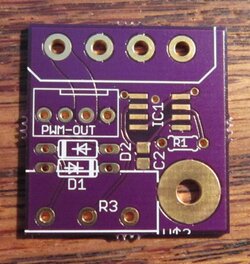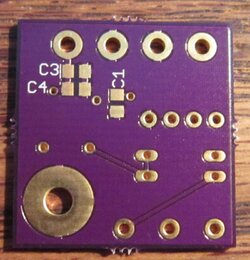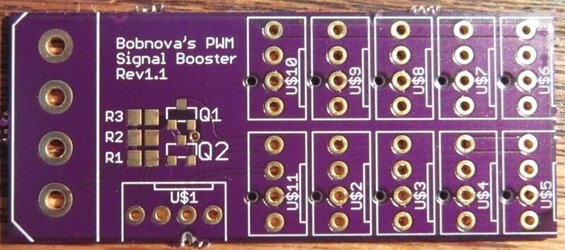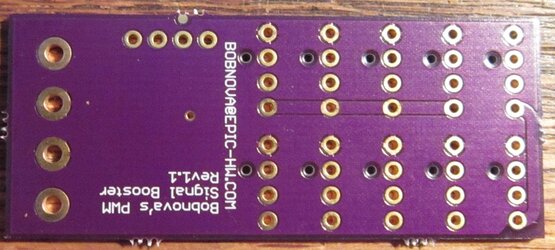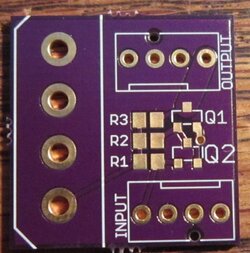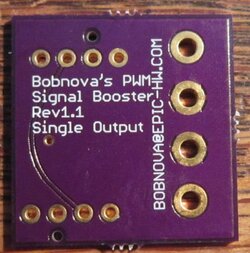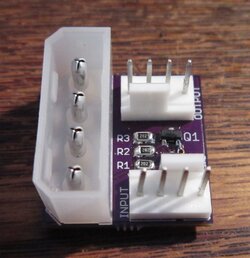- Joined
- May 10, 2009
- Thread Starter
- #81
That would in fact be awesome, no doubt there. It'd also cost probably $300 to $500 and require at least four PCIe 6P or two 6+2P power connectors.
Hell just in parts that'd be somewhere between 150 and 200 bucks.
Bit beyond my abilities at the moment. To be more specific, it's a bit beyond what I have time/money to develop without a salary or hourly wage to do it
Hell just in parts that'd be somewhere between 150 and 200 bucks.
Bit beyond my abilities at the moment. To be more specific, it's a bit beyond what I have time/money to develop without a salary or hourly wage to do it




